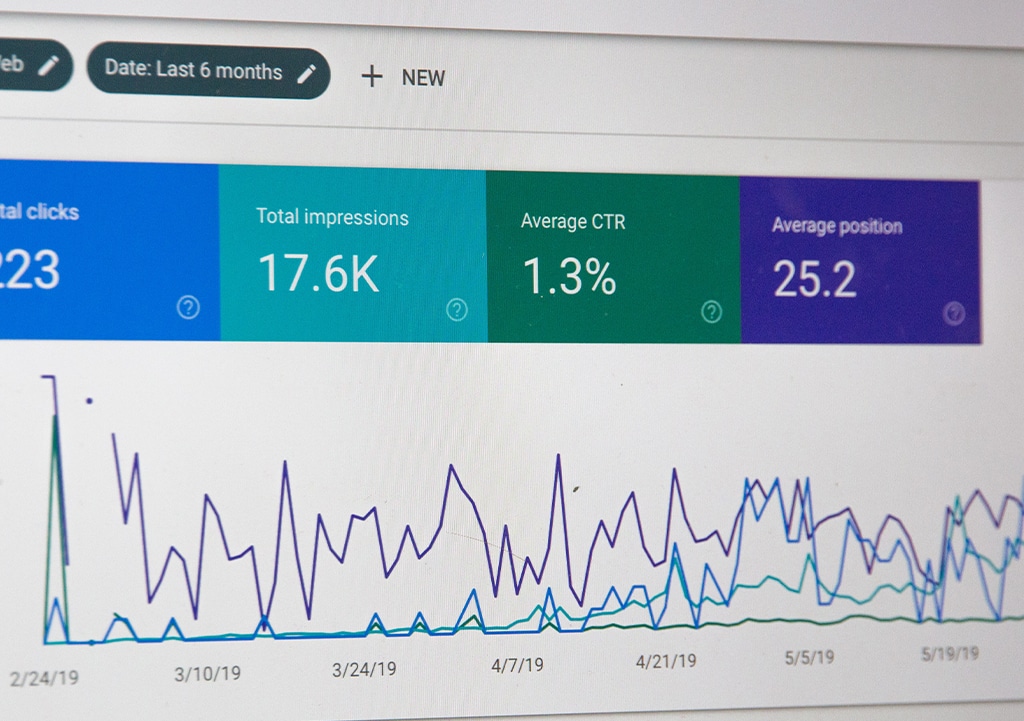Craft a strategy that brings the right people to your business—from lead to prospect to purchase.
Lead generation is the process of attracting people (leads) to your business and converting them into customers – usually implemented via marketing campaigns supported by marketing automation – bringing potential clients to your business, and sales prospects who might purchase your products or services. It offers an exciting approach to digital marketing because it reverses the typical customer to business relationship. Rather than discover your business through a cold call, people engage when they find something they like through 1 of your online channels. This is hugely beneficial for companies and consumers alike, as the people who reach out to you already understand the value of your offerings.
Despite its potential business benefits, lead generation can be difficult to do effectively, especially if you’ve never used this method of marketing before. But it’s worth learning. Lead generation can help you find more customers and grow your business throughout the sales cycle, especially when doing internet marketing. Whether you want to market your newly-opened business or simply revamp your strategies, lead generation should be a major part of your efforts.
What’s a lead?
In the context of marketing and sales, a lead is a person who has shown interest in your company’s product or service. Leads can come from a variety of different sources, including traditional advertising methods, offline activities like customer referrals, and your digital marketing efforts. Regardless of where they come from, leads generally initiate contact with or indicate interest in your business first.
It’s important to note that you have to determine whether or not a lead is “qualified.” A quality lead means they have taken a step that indicates they are considering a purchase as a prospective customer. Some leads may be ready to do so immediately, while others may be researching and considering their options.
Taking the time to qualify a lead before approaching them with your marketing materials is crucial. You must know your audience to market to them effectively, for example, when converting website visitors into leads through website personalisation with customer stories and calls to action. Sending the wrong message to a lead at the wrong time can compromise the relationship entirely, and it can be a waste of your time and resources if the cost per lead is too high for a positive return on investment. Assuring lead quality is fundamental.
How is lead generation related to inbound marketing?
Inbound marketing is a marketing strategy that encourages people to actively seek out and engage with your brand. This usually involves creating digital resources or content marketing materials (like blog posts, newsletters, and social media posts) that provide value to potential customers. It’s all about creating awareness, building trust, and managing the relationship between customers and your brand.
Although they are closely related, inbound marketing and lead generation are not the same thing. Lead generation is 1 part of a larger inbound marketing strategy. It helps bring more interested people to your company, while inbound marketing works to nurture those leads, convert them into paying customers, and keep them coming back for more. In other words, these 2 practices work together for a holistic, sustainable approach to digital marketing.
Why is lead generation important?
Lead generation can be hugely beneficial for your business, particularly your digital marketing efforts. Some of the biggest benefits of lead generation include:
- Increased awareness of your brand among customers
- Contact with qualified customers who are already interested in your business
- Reduced waste of valuable resources (including time, money, and labor)
- Positive impact on your business’s bottom line
Many traditional lead generation tactics like word-of-mouth referrals simply aren’t enough to get your business ahead. However, these tactics can be used in conjunction with modern methods, like online advertising, email and social media marketing to nurture the leads, for the greatest possible impact on your business.
The challenges of lead generation
Of course, lead generation isn’t always easy. It’s the biggest challenge facing so many marketers. Some of the biggest difficulties of lead generation include:
- Generating high-quality leads who are likely to patronise your business
- Generating a high volume of leads
- Measuring, tracking, and reporting the success of lead generation efforts
- Having adequate time and resources to dedicate to lead generation
Being aware of these challenges will help you overcome them and generate leads without expending your resources unnecessarily.
How to generate leads
The process of generating leads is simple for business owners. Follow these steps:
1. Identify your target audience: Before anything else, you have to know who your target audience is so you can target and market to them effectively. If you don’t have a well-defined target audience or you don’t understand what they need and want from your business, it will be much more difficult for you to engage with them.
2. Offer value to users: Lead generation and inbound marketing are all about attracting customers to your business. To do so, it’s important to provide something valuable and helpful to them. This might include blog posts, ebooks, white papers, free trials, freemium subscriptions—really, anything that appeals to your target audience.
3. Find your lead magnet: Take some time to determine what pieces of content or free products are most successful with your target audience. Experiment as much as you can with different lead magnets and ask for feedback. Then, focus your efforts on creating and developing content that’s most popular among your target audience.
4. Use newsletters for relationship development: Once potential customers have shared their contact information with you, use email marketing to maintain and develop that relationship. This will keep customers aware of your brand and entice them to convert.
5. Connect and engage on social media: In a similar vein, you can use social media marketing tactics to your advantage. In addition to making it more difficult for people to forget your brand, you can also connect and engage with potential customers on social media platforms in real-time.
The lead generation funnel
The lead generation funnel plays a major role in how your business appeals to leads and ultimately converts them into customers. This concept illustrates the path that people must follow as they become aware of your business, transition into a more qualified lead, and finally make a purchase from you.
Though the general path is the same for most businesses, you can develop your own unique interpretation tailored to suit your specific needs. When sitting down to develop and refine your lead generation strategies, consider how the lead generation funnel fits into your own business, including what strategies you can use at various stages, like optimizing your landing page to improve conversion.
Types of lead generation
There are a number of different types of leads that can affect the lead generation strategy you use for your business. After all, how you market to your customers will depend entirely on where they are in their buyer’s journey. Some of the main types of leads you might encounter include:
- Marketing qualified leads (MQL) discover your business through an inbound marketing channel, like your social media profiles or digital marketing materials. MQLs have indicated an interest in your products and services or business as a whole but have not yet been nurtured as leads or interacted with your sales team. After some time, they may turn into sales qualified leads.
- Sales qualified leads (SQL) have been researched, screened, and assessed by your salespeople or marketing team. They have demonstrated sufficient interest in buying a product or service so that you can focus on moving them toward conversion. For example, an SQL may complete a webform on your website for more information or sign up for your company’s email newsletter.
- Product qualified leads (PQL) have already used your product and found it to be valuable or useful. Typically, this involves customers using a freemium product or signing up for a free month of your product or service. PQLs are thought to be some of the most valuable and qualified leads, since they have first-hand appreciation for the value of your products.
- Service qualified leads (also referred to as an SQL) have spoken to a member of your customer service team and indicated that they would like to make a purchase—like if they were using a free version of your product and want to upgrade to the premium version. Upon learning this, the customer service representative would connect the customer with the appropriate member of your sales team.
Lead scoring
After generating leads, it’s helpful to evaluate them so you can engage with them appropriately. This is where lead scoring comes into play. Lead scoring is a way to qualify leads and assess how valuable they are to your organization. Each lead is given a numerical value (or “score”) that represents where they are in their buyer’s journey. That way, highly qualified leads can be connected to your sales team, and leads with a more casual interest can be engaged by your marketing department, saving everyone time and effort.
It doesn’t matter what scoring system you use in your business, as long as it’s consistent. At the end of the day, lead scoring is an important step in creating a customer-focused business strategy that ties into your overall inbound marketing efforts.




